If you’re interested in other articles about film, consider exploring: Brutally Feminine, Kill Bill, An Open Letter to American Psycho, How Maggie Smith Defined Professor McGonagall
It was early in the morning, yet the room was a void where no sunlight dared trespass. Timid hands clenched and pacified as they roved over legs, the fabric bunching and straining under the overwhelming anxiety that permeated the room. I could hear the tapping of frightened feet, toes curling in a plea for escape, willing their animal to move. Gasps and stifled screams echoed off of the velvet walls and ricocheted through the theater, curling inside my eardrums like a sinister pet. Beside me, a man clutched a bottle of wine to his chest, his knuckles pale as if trying to anchor himself to something solid. Rationality trembled under my seat as emotions preyed on my mind; there was no air for me to breathe, there was no room for anything other than dread.
Nosferatu. The name alone summons mortal fear. But this is not the vampire of the silent era’s grainy reels, nor the unnervingly alluring figures of modern-day fantasy. This Nosferatu, a creature birthed from vile shadow and decay, is a monster most grotesque— he seeps into our dreams, coaxing us into nightmares.
While the acting was sublime— particularly Lily-Rose Depp, who balanced bloodlust with the feminine fear of fragility— the true orchestrator or terror was the costume design. Each garment was an unspoken character, a harbinger of doom, silently narrating the descent into horror. The textures whispered of rot; the fabrics seemed to clutch at their wearers like death itself. Linda Muir, whose mastery was already proven in The Witch, turned her expertise to unsettling perfection. The artistry of her work was so potent that I believe one could watch the film in silence and still feel the creeping dread it evokes, the weight of immortality pressing against the chest like a fever dream.
The Fabric of Decay
The choices of fabric in Nosferatu did more than clothe the characters, they made their emotions tactile. Thick wools and decomposing silks mirrored the perverse body of Count Orlok, the fabrics becoming more and more decayed as their terror rose. Nosferatu was draped in layered that resembled burial shrouds as Ellen was adorned in the delicate lace of a nightgown, flowing around her in the ethereal night, she is both the victim and the savior. The line between the living and the dead was eroded, as if the garments were alive, rotting before our eyes.
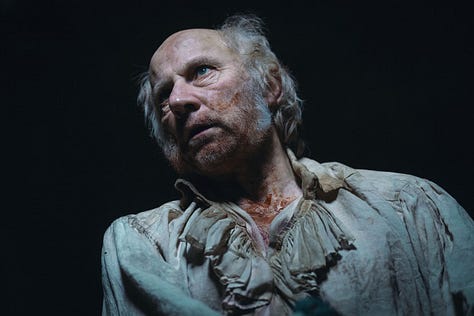




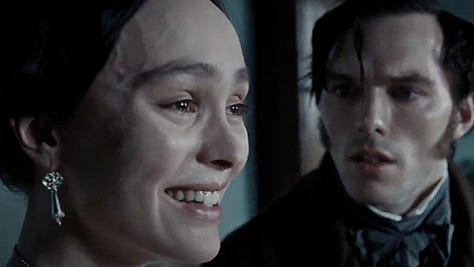
The Palette of Death
The color palette accompanied the characters in their descent into madness, the colors draining and lifeless as the story unfolds. Purple, blues and grays are predominant— vibrant color can only be seen through bursts of flame, or a screaming ivory face, blood pouring from her mouth and eyes. Everything was lifeless, everything was dread. “Light cannot drive away the darkness, only create its shadow.”






The Weight of Immortality
The burden carried by the silhouettes in Nosferatu seemed to reflect the burden of time itself. Nosferatu’s presence is oppressive, inescapable. Hutter’s wardrobe specifically brought this to life: his travel attire initially tailored and proper becomes worn and frayed as he ventures deeper and deeper into Nosferatu’s realm. His unraveling wardrobe mirrors his psychological and physical descent into terror, the finery he once wore with pride now too heavy to sustain his despair.
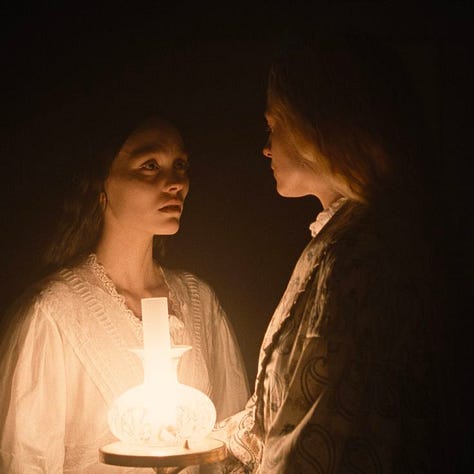

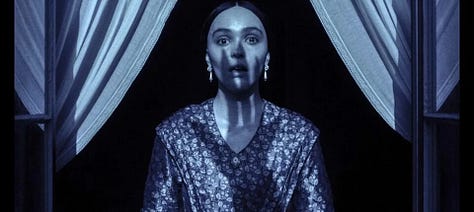
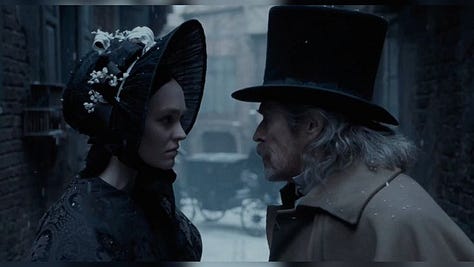
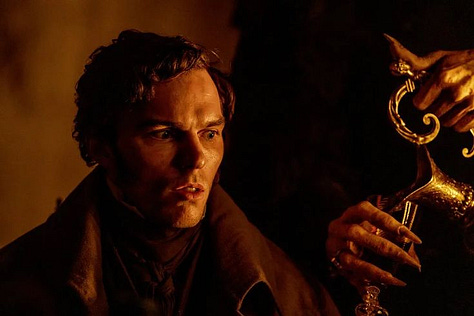
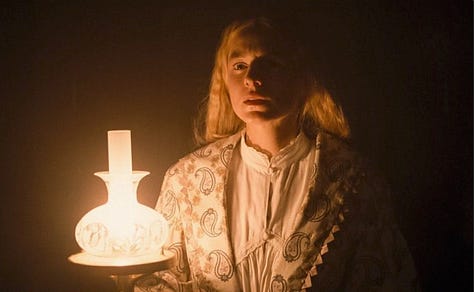
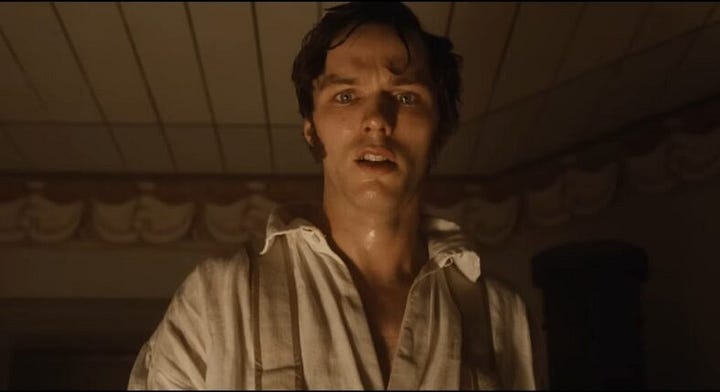

The brilliance of Linda Muir leaves us alone, haunted and trapped within a realm outside of our creation. The costumes are far more than mere clothing, they are conduits of fear, decay, our terror of the relentless and ever-closer promise that time comes for us all. She holds a candle into the darkest moments of human terror, making this film a visceral experience that leaves us uneasy and uncertain.
Ny the time the credits roll, our breath fails to regulate, and it is impossible to separate the characters from their costumes, the shadows made of artistic creation. Like the monster himself, they linger in our minds as he whispers with decaying breath: “There is no escape from what we fear most, for it wears the guise of the familiar.”
With great personal aesthetic,
Alexandra Diana, The A List
Additional Sources: Linda Muir Vogue Interview, How Nosferatu Reinvents the Vampire for a New Era, Haunting Realism of ‘Nosferatu’, Six Hours of Makeup, a 62-Piece Prosthetic


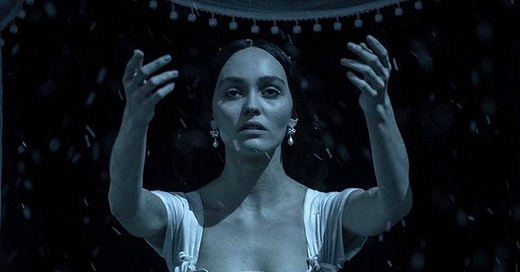


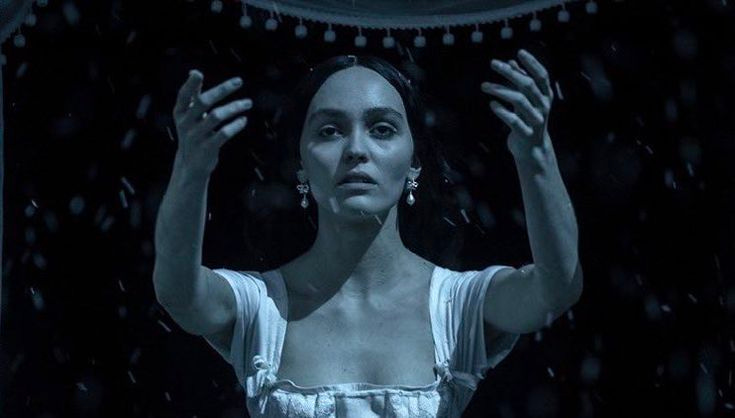

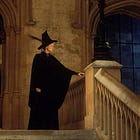

I neeeeed to see this now